As a food lover, the introduction of real solid food in my boys’ diet was something I was really looking forward to. I literally could not wait :-) I read as much as I could on the topic but I always went back to the same source of reference: the notes my dear French friend Noémie gave me. She got them from her paediatrician. As I explained in previous posts in France a lot of children are still directly followed by a paediatrician for day to day matters. The information below is relating to French baby weaning for babies aged 9 to 12 months old. It is part of a series of post, which you can find on the Bites & Pieces page under the French food education section.
Please note that baby weaning guidelines in France and in the UK are quite different and by default I would always recommend you to follow the guidelines of your health specialist.
If you haven’t already done so you should read the French baby weaning (4 to 6 months old) and (6 to 9 months old) posts before this one.
When you have reached the 9 month mark, weaning is almost finished but there are still a few rules to follow.
- Keep two breastmilk feeds/ bottles of follow on formula up to 12 months (if you are using whole milk or semi-skimmed milk, you will need to reduce accordingly the quantity of yogurt, cheese or meat)
- Drinks during and outside mealtime should be limited to water (no squash, juice…)
- You can give milk before bedtime but don’t leave it during night-time. Leave eventually some water if your little one wants fluids.
- No snacking between meals (this would reduce his/her appetite during mealtimes)
- No charcuterie (prepared meat products primarily from pork such as bacon, pâtés…) aside from lean cooked ham
- No fried dishes
- No nuts, almonds
Proteins (Meat, fish or ½ hard-boiled egg)
- You can introduce meat with a higher fat content such as lamb, mutton or pork but in small quantities
- Fish, no more than twice a week
- Avoid offal (liver, brains, kidney…)
- When? At lunch, once a day
- How? Boiled, poached or grilled without fat
- How much? About 2 teaspoons – 20g
Introduce well-cooked short-grain rice, little pasta in soups or by itself if the child is chewing properly.
SUMMARY:
- Breakfast: one or more milk feeds of breastmilk or follow on formula of 210 to 240 ml
- Lunch: Meat, fish or 1/2 egg + vegetable puree incl. fat + cheese + fruit puree or raw fruits +/- milk
- Goûter (Snack): milk feed – breast or follow on formula- of 210ml or dairy product with water + fruit puree or raw fruits +/- bread (baguette end crust or sprinkled in dairy product/puree or baby biscuit)
- Dinner: soup or vegetable puree with a tablespoon of carbs such as semolina, tapioca, rice, pasta… + dessert (milk feed or milk-based baby specific dessert e.g. yogurt or fruits especially if he/she has had a dairy dessert for lunch)
NB: French paediatricians recommend supplements of vitamin D and fluorine. Offer the widest variety of meals you can.
__________________________________________________
If you are interested in more posts on similar topics, you may want to read about:

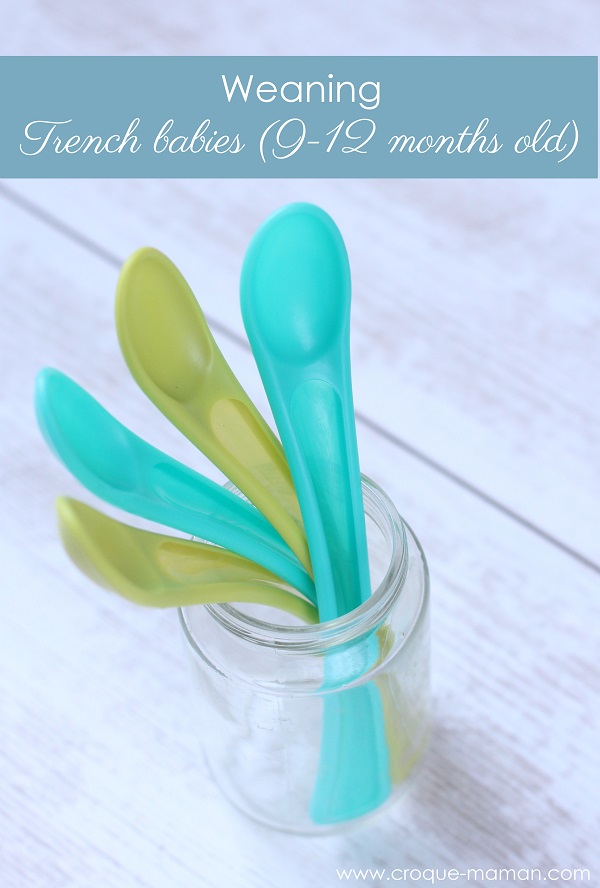
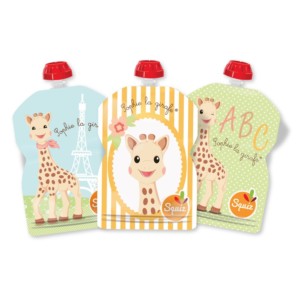
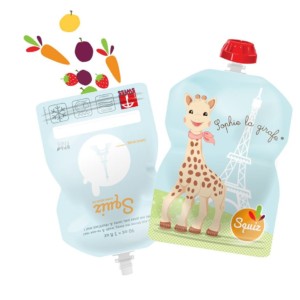

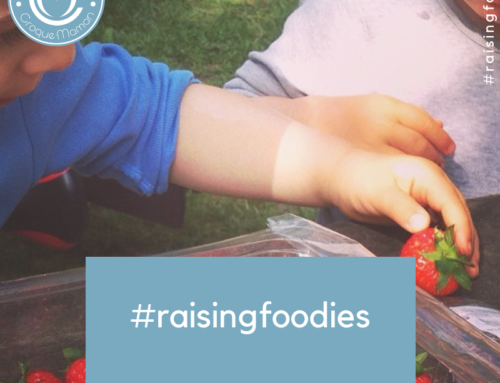
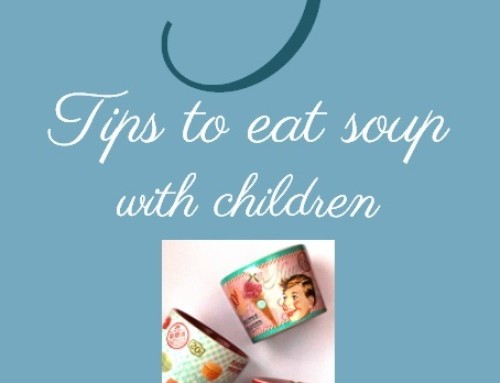
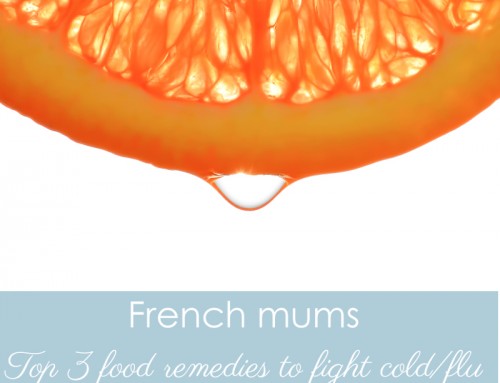
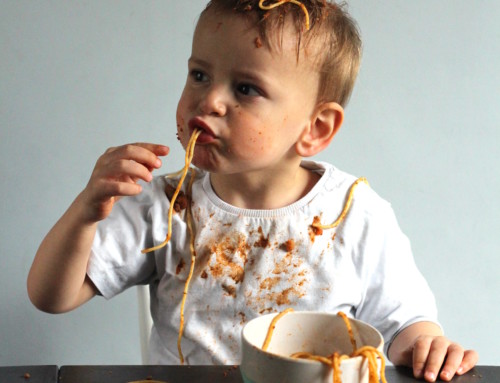
Great post! Just the info and detail I was looking for. Thank you!
My son is almost 11 months old and we have been struggling with solids since 6 months. How do you recommend I start this process? From the beginning or start with the 9-12 month foods/routine?
Hi Kimberly, you can start with the 9-12 month food routine as it is tailored to his needs (e.g. protein intake) and pick some ideas from the previous routines (e.g. introduction of vegetables one by one then combined in smooth purees first then with bits…). Bon appetit to your little one :)